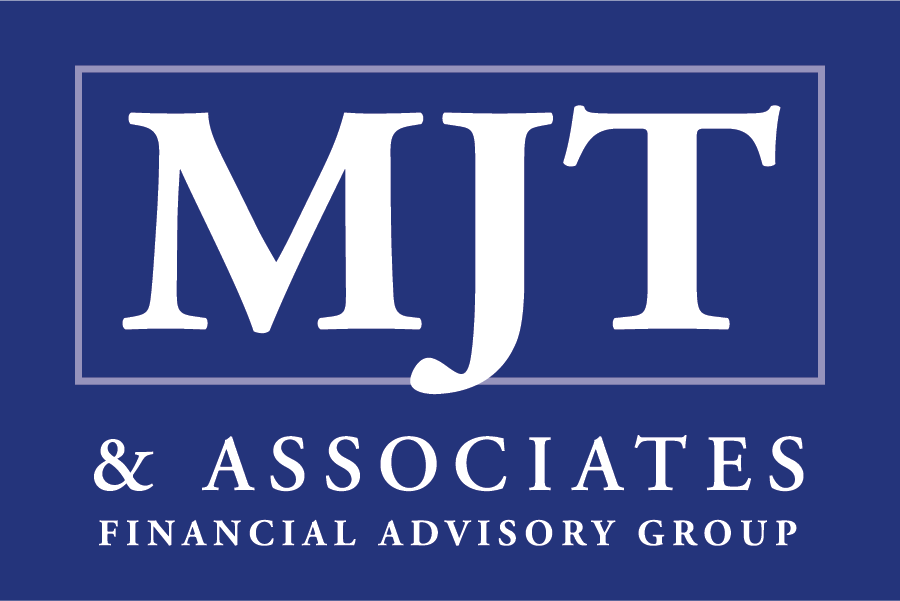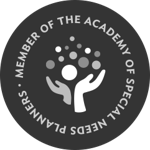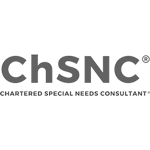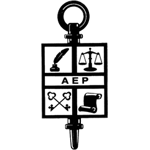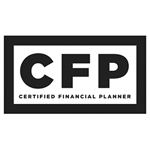Most people think legacy planning begins and ends with writing a will. In reality, a complete legacy plan is far more comprehensive - and far more powerful.
A thoughtful legacy plan gives you control over your assets, provides clarity to your loved ones, and protects your wishes at every stage of life. And yet, too many families leave this planning unfinished, or worse, never start at all.
Whether you're approaching retirement, navigating a divorce, or managing a business, now is the time to get your legacy documents in order.
What Is Legacy Planning?
Legacy planning is the process of organizing your financial, legal, and personal affairs to ensure your wishes are honored during your life and after your death.
Unlike basic estate planning, which typically focuses on distributing assets through a will, legacy planning takes a broader view. It coordinates financial documents, medical directives, personal letters, and digital assets—everything needed to provide a clear and complete roadmap for your family.
This type of planning isn’t just about death. It’s about how you want to be cared for if you’re ever incapacitated. It’s about easing the burden on your family. And it’s about passing on not just your assets, but your values.
Why Legacy Planning Is Often Overlooked
Despite its importance, many people delay or avoid legacy planning. There are a few common reasons:
1. Emotional Discomfort
Planning for end-of-life care or imagining a world after you're gone is never easy. These are deeply emotional topics, and many people avoid them entirely until a crisis forces the issue.
2. “It’s Only for the Wealthy”
There’s a widespread belief that legacy planning is only necessary for the ultra-wealthy. In truth, anyone with a home, a bank account, retirement savings, or a family can benefit from a well-structured plan.
The Essential 7 Documents for Legacy Planning
So, what documents do you need for legacy planning? Here’s your essential legacy planning checklist:
1. Last Will and Testament
This is the most recognized estate planning document, but it’s only one piece of the puzzle. A will outlines how your assets should be distributed and names guardians for minor children. Without one, the courts will decide who gets what—often with delays and costs your family could have avoided.
2. Trust (Especially a Revocable Living Trust)
A revocable living trust allows you to transfer ownership of your assets into a trust during your lifetime while maintaining control. It can help your estate avoid probate, reduce delays, and ensure privacy. Trusts are especially helpful for blended families, business owners, or those with property in multiple states.
3. Financial Power of Attorney
This document designates someone to manage your financial affairs if you become incapacitated. Without it, your loved ones may need to go through a lengthy and expensive court process to gain control of your finances.
4. Healthcare Proxy / Advance Directive
Also called a medical power of attorney, this document names someone to make medical decisions on your behalf if you can’t speak for yourself. Your advance directive outlines your wishes for life support, resuscitation, and other treatments. Together, these documents help ensure your preferences are respected—and relieve your family from making agonizing decisions without guidance.
5. HIPAA Authorization
This lesser-known but critical document allows your chosen representatives to access your medical records. Without it, even your spouse or children may be blocked from getting the information they need to make informed decisions about your care.
6. Beneficiary Designations
Retirement accounts, life insurance policies, and some bank accounts allow you to name beneficiaries. These designations override your will, which is why it’s crucial to review and update them regularly. It’s common to find outdated beneficiaries listed, such as an ex-spouse or deceased relative.
7. Letter of Intent
While not legally binding, a letter of intent adds a personal dimension to your legacy plan. It can include your funeral wishes, the values you want to pass on, and guidance for how you hope your heirs will use their inheritance. It’s also an opportunity to express love, gratitude, and encouragement—things no legal document can fully capture.
Bonus: Digital Asset Inventory
In today’s world, digital assets are often overlooked. This includes your email accounts, financial platforms, social media, cloud storage, and any digital files or subscriptions. Documenting usernames, passwords, and account instructions can save your family enormous frustration. Consider using a secure password manager or digital vault.
Coordinating Across Generations
Legacy planning isn’t just about documents - it’s about communication.
Start by having open conversations with your loved ones. Let them know where your documents are located and who is responsible for what. If you have a trust or healthcare directive, make sure those named understand your intentions.
Many families also benefit from working with financial advisors, estate planning attorneys, and tax professionals. These experts can help you structure your plan to minimize taxes, avoid legal pitfalls, and reduce the risk of family conflict.
Conclusion: Control, Clarity, and Protection
Legacy planning is one of the most thoughtful gifts you can give your loved ones. It prevents confusion, preserves family harmony, and ensures your voice is heard even when you can’t speak for yourself.
At MJT & Associates, we help clients complete and coordinate every aspect of their legacy plan. From reviewing your estate planning documents to ensuring your beneficiaries align with your intentions, we work alongside your attorney and CPA to build a seamless, personalized strategy.
